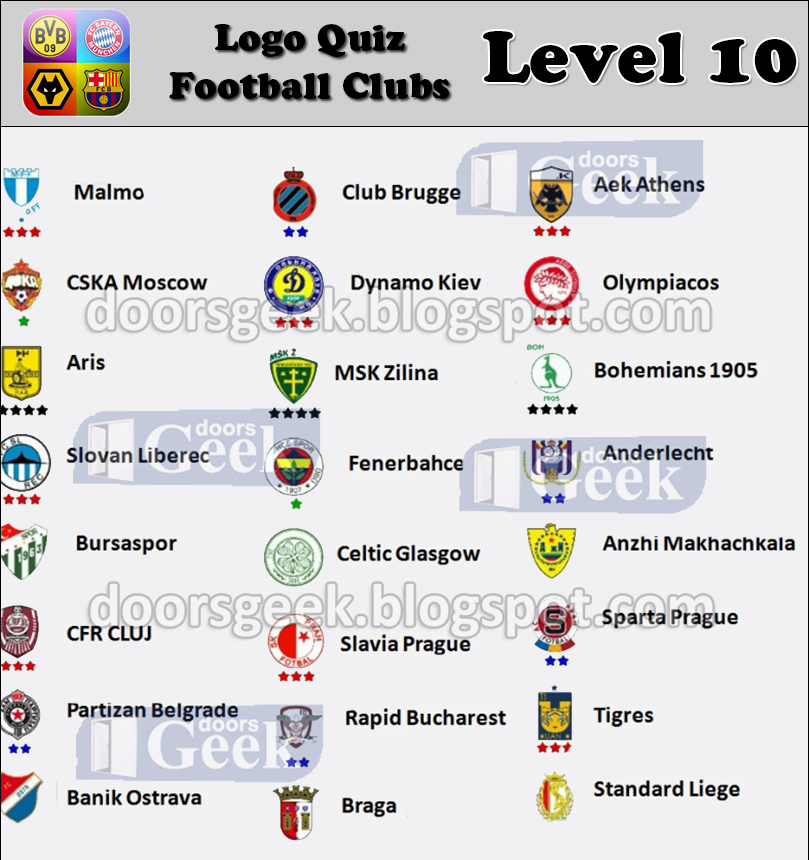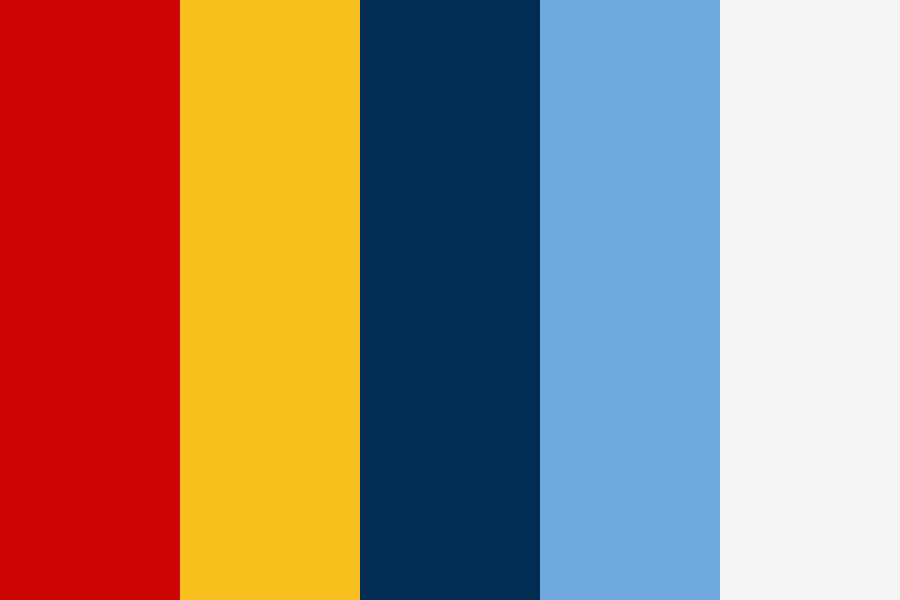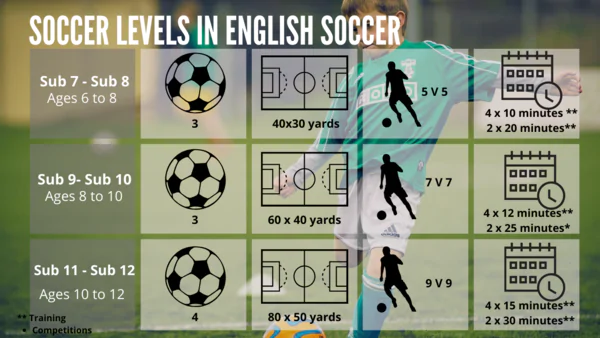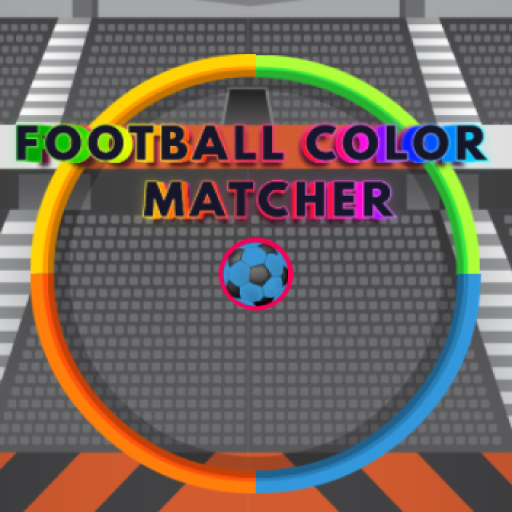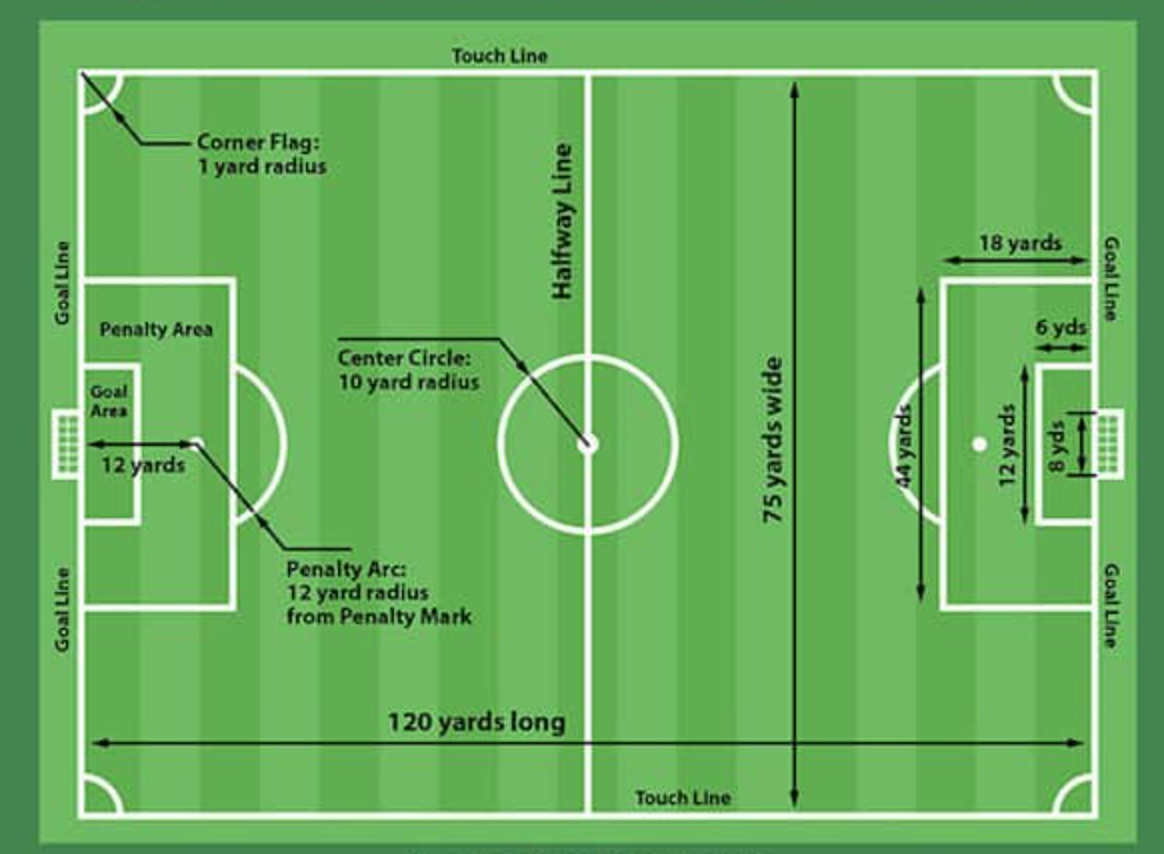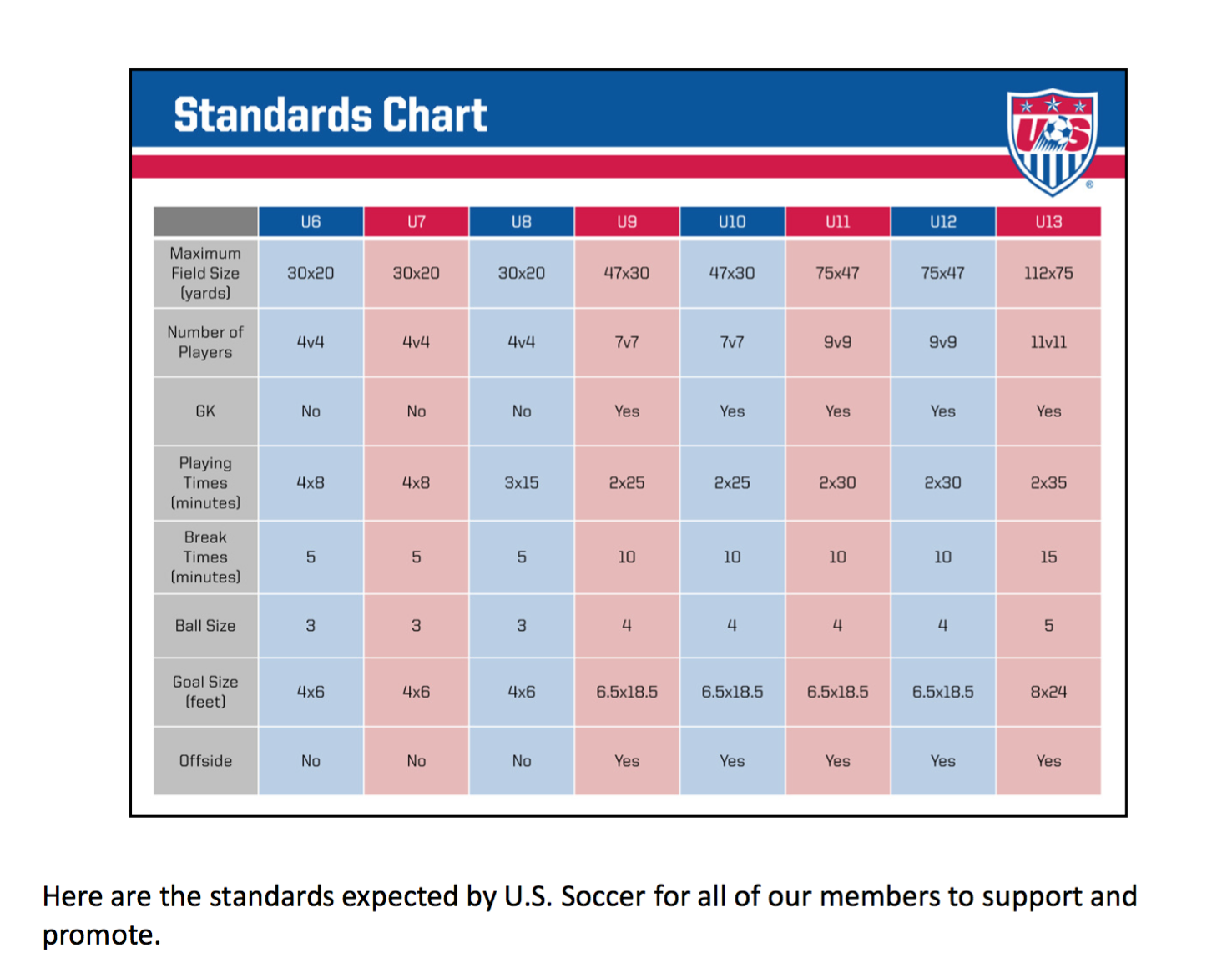Soccer is a vibrant and colorful game, with players, teams, and leagues all using their own unique color combinations. But have you ever wondered what the different colors mean? In this article, we’ll take a look at the 10 most common soccer color levels and explain what each one represents.
From the iconic black and white stripes of Juventus to the vibrant red and blue of Barcelona, soccer colors have become an integral part of the game. They represent the history, tradition, and identity of each club, and they can also play a role in team performance.
1. Black
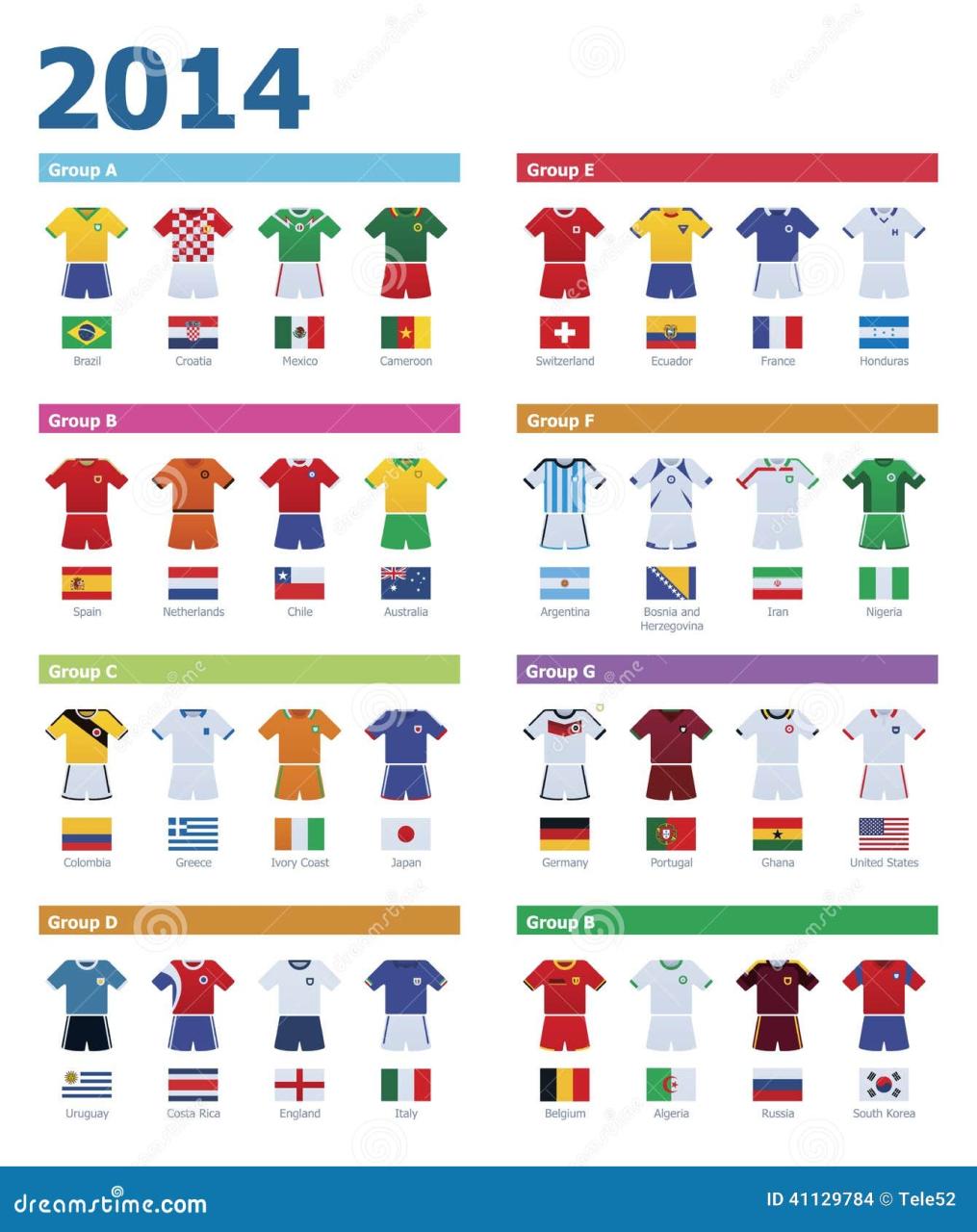
Black is often associated with power, strength, and authority. In soccer, black is often used by teams that want to intimidate their opponents. Some of the most famous black soccer teams include Juventus, Inter Milan, and Manchester United.
2. White
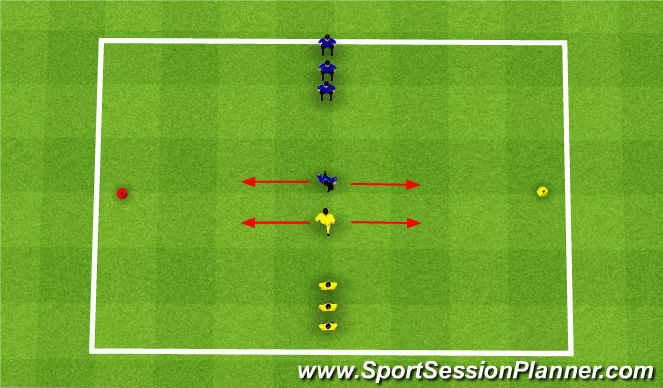
White is often associated with purity, innocence, and hope. In soccer, white is often used by teams that want to play a clean and fair game. Some of the most famous white soccer teams include Real Madrid, Bayern Munich, and Arsenal.
3. Red

Red is often associated with passion, excitement, and danger. In soccer, red is often used by teams that want to play an attacking and aggressive game. Some of the most famous red soccer teams include Liverpool, Manchester City, and AC Milan.
4. Blue

Blue is often associated with peace, tranquility, and loyalty. In soccer, blue is often used by teams that want to play a calm and composed game. Some of the most famous blue soccer teams include Chelsea, Barcelona, and Manchester City.
5. Green

Green is often associated with nature, growth, and prosperity. In soccer, green is often used by teams that want to play a sustainable and environmentally friendly game. Some of the most famous green soccer teams include Celtic, Aston Villa, and Paris Saint-Germain.
6. Yellow

Yellow is often associated with happiness, optimism, and creativity. In soccer, yellow is often used by teams that want to play a fast and exciting game. Some of the most famous yellow soccer teams include Borussia Dortmund, Villarreal, and Watford.
7. Orange

Orange is often associated with enthusiasm, warmth, and energy. In soccer, orange is often used by teams that want to play a positive and attacking game. Some of the most famous orange soccer teams include Feyenoord, Southampton, and Valencia.
8. Purple
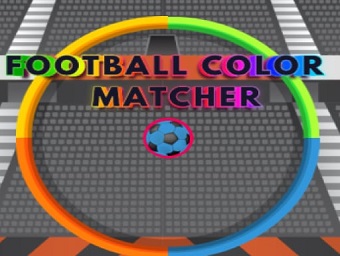
Purple is often associated with royalty, luxury, and mystery. In soccer, purple is often used by teams that want to play a stylish and elegant game. Some of the most famous purple soccer teams include Fiorentina, Real Valladolid, and Los Angeles FC.
9. Pink

Pink is often associated with femininity, love, and compassion. In soccer, pink is often used by teams that want to play a fair and respectful game. Some of the most famous pink soccer teams include Juventus Women, Manchester City Women, and Arsenal Women.
10. Multicolored

Multicolored soccer teams are becoming increasingly popular. These teams often use a variety of colors to represent their diversity and inclusivity. Some of the most famous multicolored soccer teams include the Rainbow Laces campaign, the Common Goal movement, and the One Love campaign.
Design Variations
The 10 soccer color levels can be used to create a wide variety of design variations. For example, a team could use a single color for its home and away kits, or it could use different colors for each kit. A team could also use different colors for its logo, crest, and other branding materials.
When designing a soccer color scheme, it’s important to consider the following factors:
- The team’s history and tradition
- The team’s playing style
- The team’s target audience
- The team’s budget
By considering these factors, teams can create a color scheme that is both unique and effective.
Other ideas you might like

